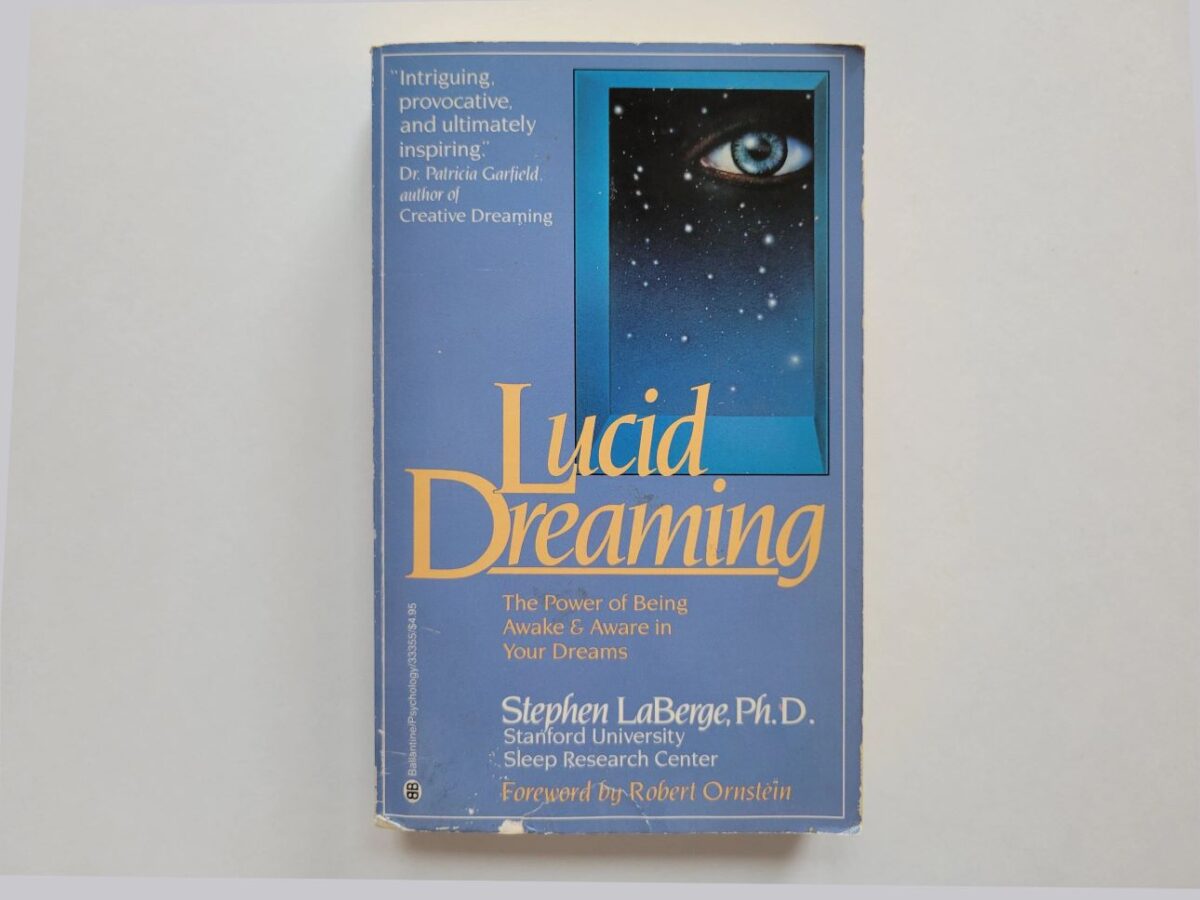In lucid dreaming, young men may participate in game battles as if the battles were real. A practitioner can visit unusual worlds and places while enjoying completely realistic sensations, feel a weapon in his hands, and even the smell of gunpowder. If desired, even the sensation of battle wounds may be experienced. Gaming possibilities in lucid dreaming are not limited by the power of a microprocessor, but the extent of a practitioner’s imagination.
If separation does not occur after several seconds, it most likely means that separation will not occur, regardless of elapsed time in effort. This is where the practitioner must resort to other techniques.
The practitioner should already have chosen a minimum of three primary or secondary techniques that suit a practical repertoire. Here is where the techniques are put into action.
Nota Bene! In order to give a specific example, we will examine the use of three specific techniques, which should be replaced with a tested and chosen set of techniques. The following operational techniques shall be used as examples: observing images (a), phantom wiggling (b), and listening in (c).
After an unsuccessful attempt at separating, the practitioner immediately starts observing the void before the eyes. If images begin to appear within 3 to 5 seconds, observation should continue without scrutinizing the images in detail, or the image will evaporate. As a result of this action, the image will quickly become more and more realistic and colorful, engulfing the practitioner. If everything comes together correctly, a sudden translocation into the picture will occur, or, when the picture becomes very realistic, attempt to separate from the body. If nothing happens after 3 to 5 seconds, then the practitioner should transition to the technique of phantom wiggling.
For 3 to 5 seconds, the practitioner quickly searches the entire body for a part that can be wiggled. Or, the entire period of time is spent in an attempt to wiggle a specific body part: a finger, hand, or leg. If the desired effect occurs, then the practitioner should continue with the technique and achieve the maximum possible range of movement. During this process, a number of things can happen, including spontaneous separation, a successful separation attempt, free movement of the wiggled part, or the presence of sound or vibrations. All of these events are of great advantage. If nothing wiggles over the course of 3 to 5 seconds, then the practitioner should move on to listening in.
The practitioner should try to detect an internal sound. If the sound is there, listen and try to amplify it. As a result, the noise may grow into a roar and spontaneous separation will occur, separating through the use of a technique will be possible, or vibrations will occur. If no noise occurs over the course of 3 to 5 seconds, then the entire cycle should be repeated.
It is beneficial to examine the reason behind the use of a set of three indirect techniques. This is motivated by the fact that the body often reacts to techniques in very peculiar ways. For one person, a technique may work one day and not work on another day, which is why if only one technique is used, even a very good technique that works often, a practitioner can miss out on a lot of different experience through the lack of variety in practice. Thus, a practical repertoire should consist of several techniques.
Interesting Fact!
Sometimes, the first technique that works for a practitioner never results in a repeat of lucid dreaming entrance again, although other techniques that were not immediately effective at the novice stages of practice later begin to work regularly and successfully.
It is also important to understand that the techniques themselves will work quite poorly and rarely if performed merely for the “sake of appearances”. You need to give them your all, trying to get into them with all of your sensations and all of your being. Try no matter what to have all of your sensations become one with the techniques. a lucid dreamr’s mind must be fully focused on every aspect of each technique being performed. In this case cycling indirect techniques is an easy way to exit the body, as everything starts off quite right and works with ease. If the practitioner doesn’t remain aware of this, he risks wasting his time and energy.
Telepathy
To develop telepathy in lucid dreaming, it is necessary to peer at animate objects while listening in surrounding external and internal sounds with the intention of their hearing thoughts. Even experienced practitioners encounter difficulty while developing telepathy, but when successful, contact with people in lucid dreaming is substantially simplified. Using telepathy, discerning the thoughts of people, animals, and objects is possible. However, this should not be taken too seriously, since it is merely the nature of lucid dreaming to simulate what is expected.
Techniques Based On Movement
Separation technique
The practitioner tries to immediately separate from his body without using any techniques for creating lucid dreaming state: simply roll out, levitate, stand up, crawl out, etc.
Phantom wiggling technique
lucid dreamingr tries to move some part of his body without moving a muscle, and meanwhile without imagining or visualizing anything. For example, this could be an arm, leg, shoulder, the head, or even the jaw. When movement arises, the main aim is to increase the range-of-motion as much as possible, but not necessarily the speed of movement or the portion of the body part being wiggled.
Imagined movement technique
a lucid dreamr tries to realistically feel some movement that he starts off by simply imagining. For example, this could be swimming, running, walking, flying, or peddling with the legs or arms. The practitioner doesn’t have to visualize the technique when performing it, as movement itself is most important here.
The Essence of Primary Skills
When dealing with a fully-realized lucid dreaming, requisite knowledge is not limited to entry techniques, deepening and maintenance of the state, translocation, or finding and interacting with objects. In order to feel comfortable, a practitioner has to master or at least acclimate himself to a whole series of techniques to correctly react in any number of situations. For example, a practitioner needs to know how to create vision, if it is absent. Actions including passage through a wall or taking flight in a deep lucid dreaming do not happen easily, although these actions may be assumed natural occurrences, since lucid dreaming exists apart from the physical world. In addition to techniques that allow interaction with the physical setting and surroundings of lucid dreaming, methods must learned and applied to counteract fear if it forces a practitioner to consciously and consistently leave lucid dreaming.
A practitioner does not have to know all the primary skills by heart, but it is necessary to pay close attention to some of them: emergency return, creation of vision, translocation through objects, and contact with animate objects. For many, skills dedicated to fighting fear will also prove extremely relevant.
The final choice of methods that require added focus on the part of the practitioner must be made on the basis of personal experiences and problems faced while in lucid dreaming, since different practitioners often have completely different types of problems.









